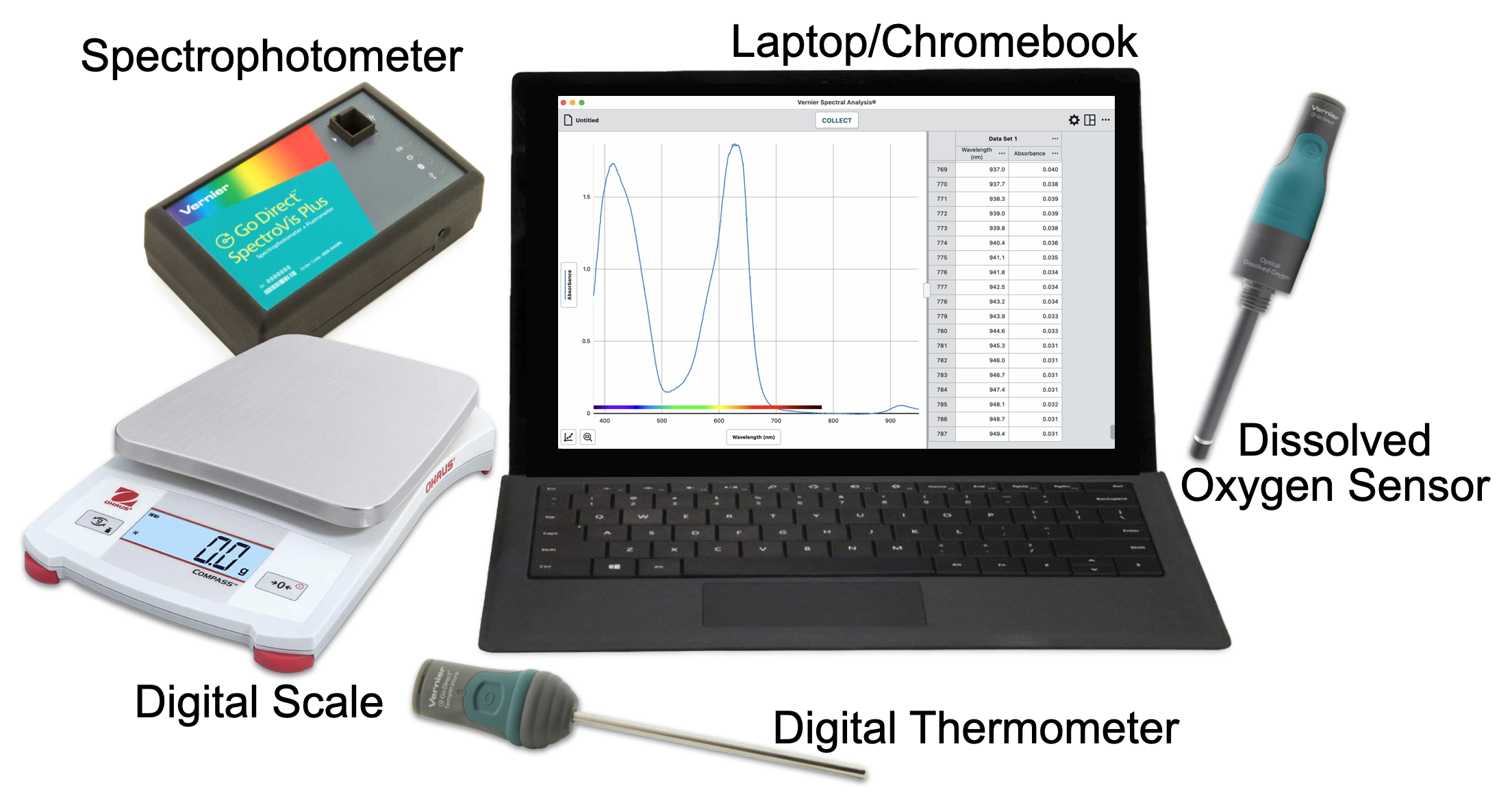Teacher Portal
Ecosystems
CELL Guide
CELL Guide
Ecosystems

LabLearner’s 3-D Approach to Scientific Inquiry
Phase 1 – Defined Understanding
The defined boundaries of this phase provide a framework for engaging parents and identifying students’ current knowledge of the key topic(s) explored in this CELL.
Phase 2 – Dynamic Understanding
Change, activity, and progress characterize the dynamic phase. Its design will enable you to enhance students’ existing skills, interests, and understanding, as well as meaningfully build new ones.
Phase 3 – Deeper Understanding
By this point, students have moved through powerful and purposeful tasks that had them actively and intentionally construct an understanding of concepts. In this final phase, students will consolidate knowledge and make deeper connections among ideas.
Phase 1 – Defined Understanding
► Questions to Investigate in this CELL
- How does energy move through an ecosystem?
- What affects the amount of energy in an ecosystem?
- How does oxygen and carbon dioxide cycle through an ecosystem?
- What is the relationship between the energy and biomass of producers and the levels that an ecosystem can support?
- What affects the amount of energy in an ecosystem?
► Parent Newsletter
Encourage parents to connect to their child’s learning by providing them with a framework of the CELL. Use this link to access and share the Parent Newsletter.
► Baseline Assessment
Assess students’ current knowledge of the topic(s) being explored then set instructional and student learning goals. Use this link to schedule then invite students to take the Pre-test for the CELL.
Phase 2 – Dynamic Understanding
► Introduction and Fun Facts
Enhance your conceptual understanding by reading the student-level research on the topic(s) being explored. Use this link to access the research.
____________________________________________
► Links to Investigations
Go directly to the Investigation you are working on by clicking on a link below:
► Investigation 1
► Investigation 2
► Investigation 3
► CELL Vocabulary
- Ecosystem: all the organisms in a given area and the abiotic factors with which they interact.
- Producers: organisms that are autotrophs, which means they make their own food.
- Consumers: organisms that are heterotrophs, which means they must obtain food by consuming producers or other consumers.
- Detritivore: an organism that obtains nutrition from detritus. Detritivores are scavengers, bacteria, or fungi.
- Detritus: dead plant and animal material.
- Trophic level: a group of organisms in an ecosystem identified by their food source.
- Biomass: the dry weight of the organisms within an ecosystem. Biomass = live weight – water content of the organism. Also known as dry matter.
- Law of Conservation of Energy: a law that states that energy is neither created nor destroyed, it simply changes form.
- Law of Conservation of Matter: a law that states that matter is neither created nor destroyed, it simply changes form.
► Access Scoring Rubric
Examine the scoring rubric for this CELL so that you know what your teacher is looking for in terms of performance.
Tips for Success:
Google Classroom
Phase 3 – Deeper Understanding
►Deep Analysis Classroom Discussion
These questions can be used to elicit in-depth discussions based on the lab experience. Teachers may use any or all of these discussion points depending on the time available. All Investigations‘ Deep Analysis questions as well as the Comprehension Check for the entire CELL are found on this link.
► Summative Assessment
Evaluate student learning at the end of the CELL by comparing the Summative Assessment to students’ Baseline Assessments. Use this link to schedule then invite students to take the Post-test for the CELL.

